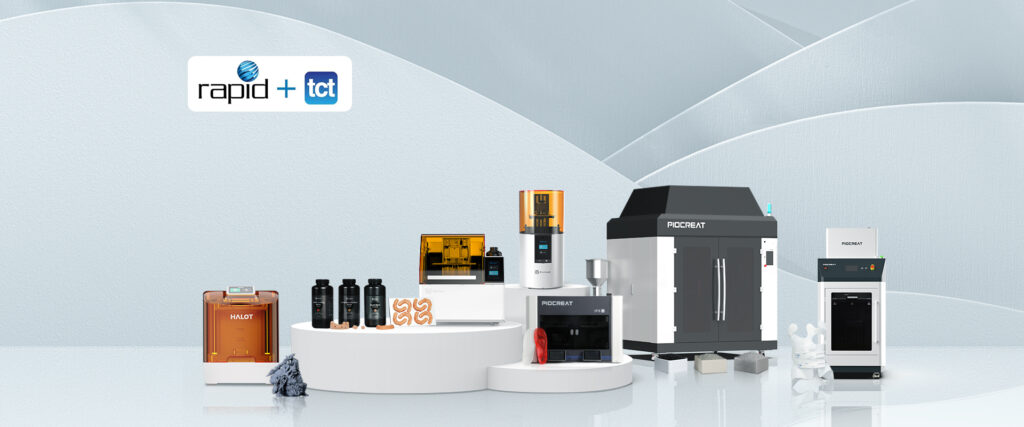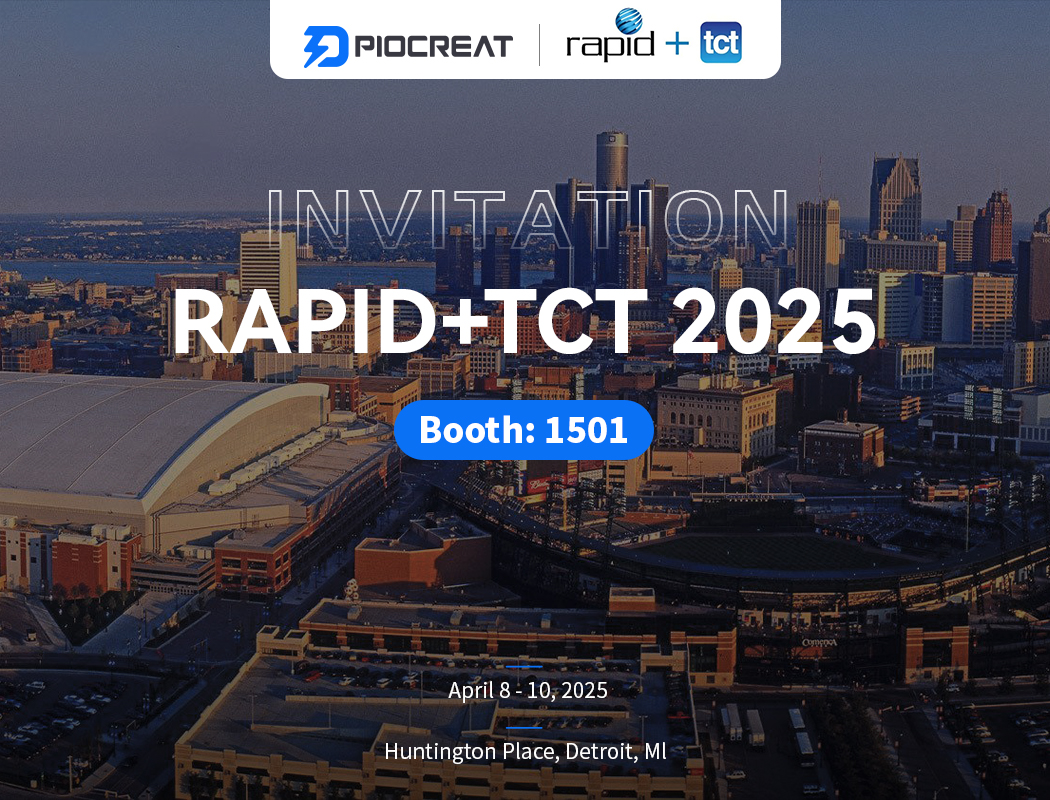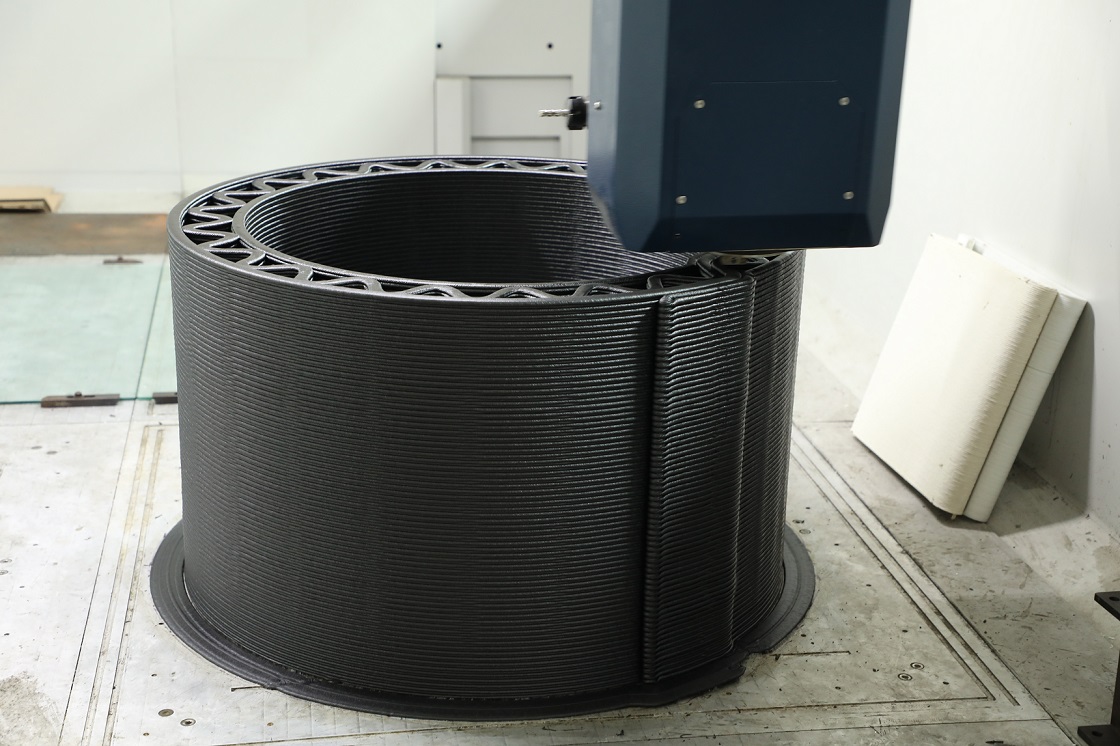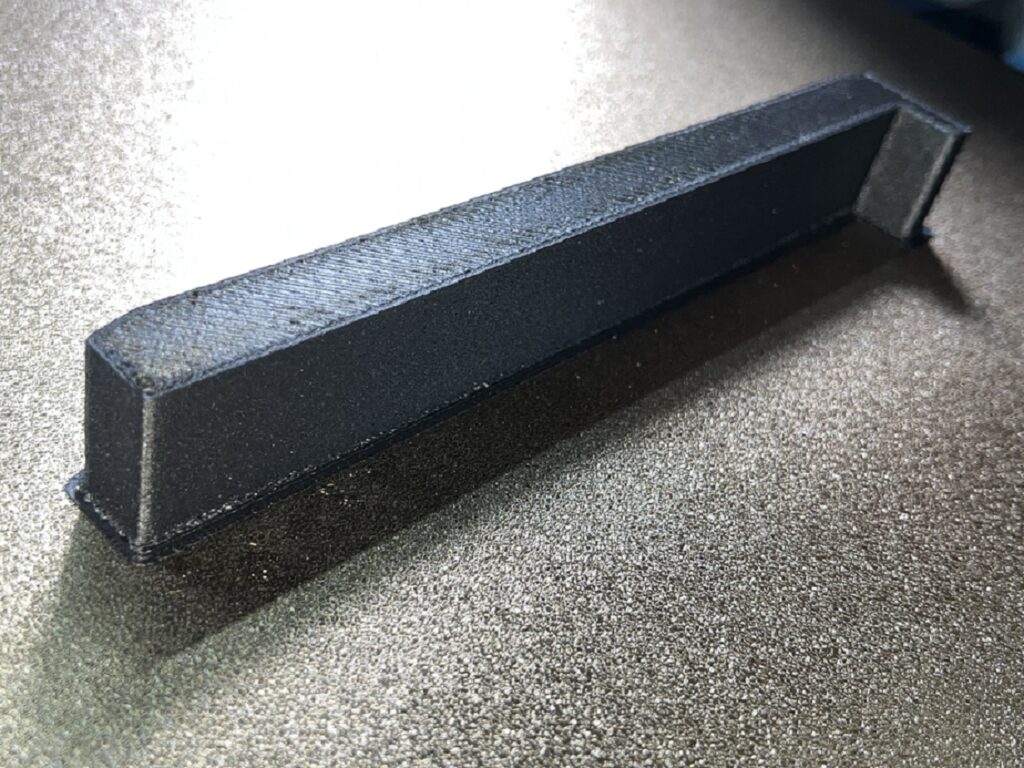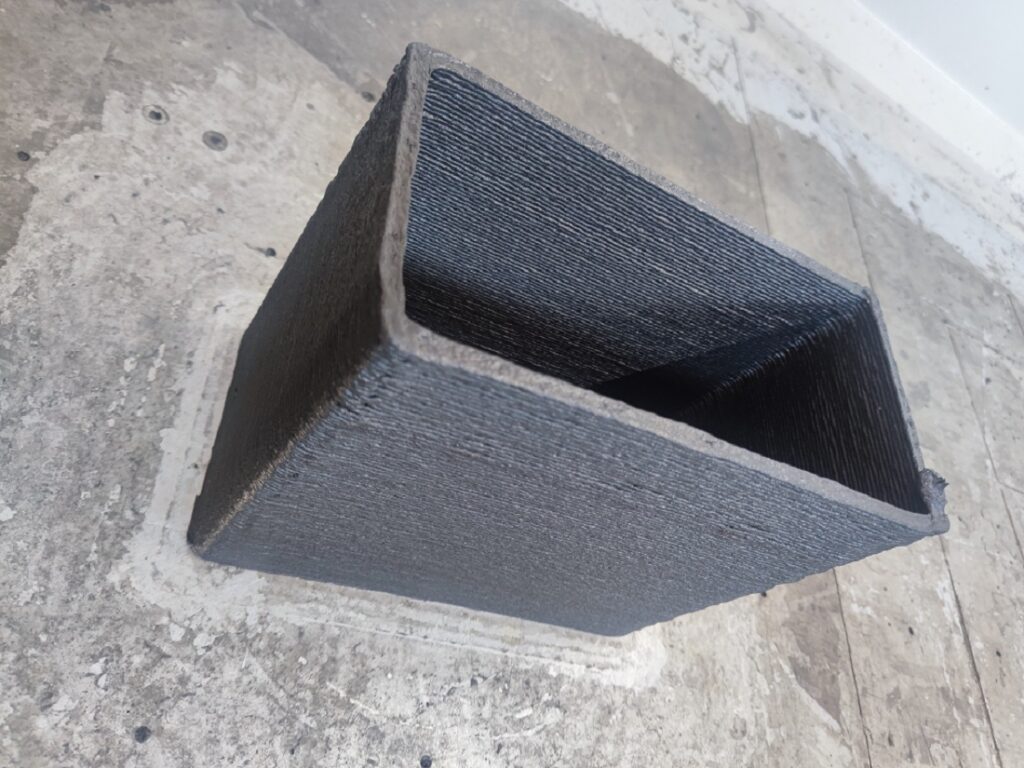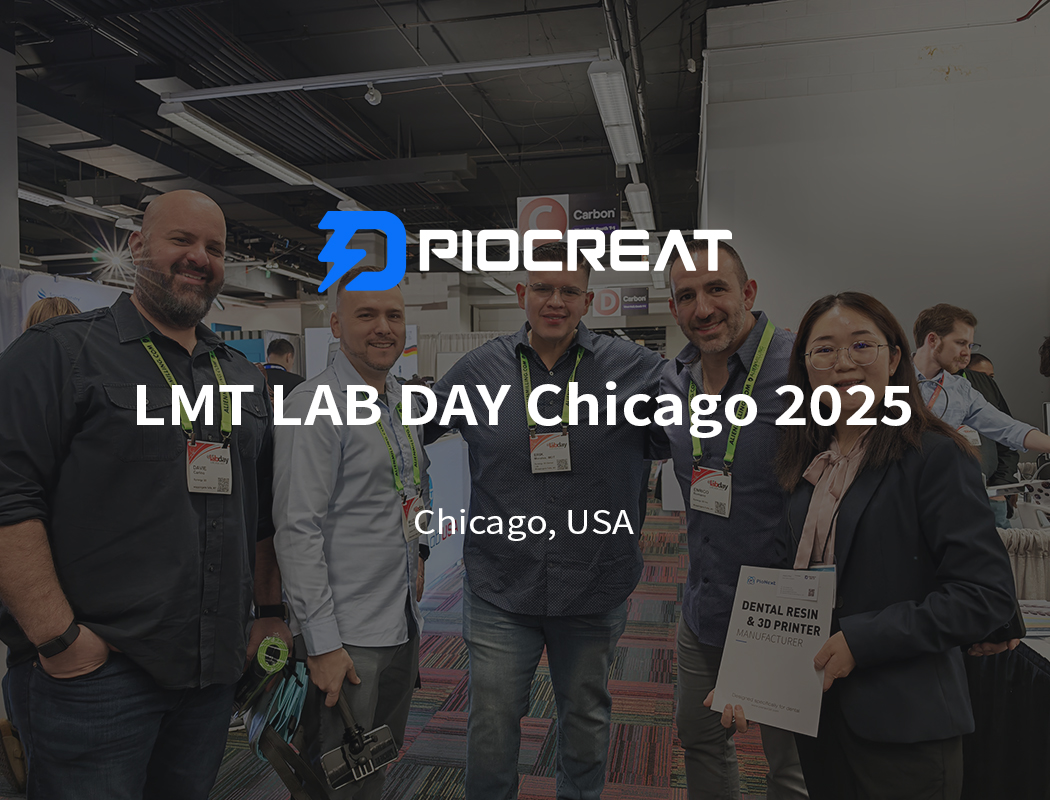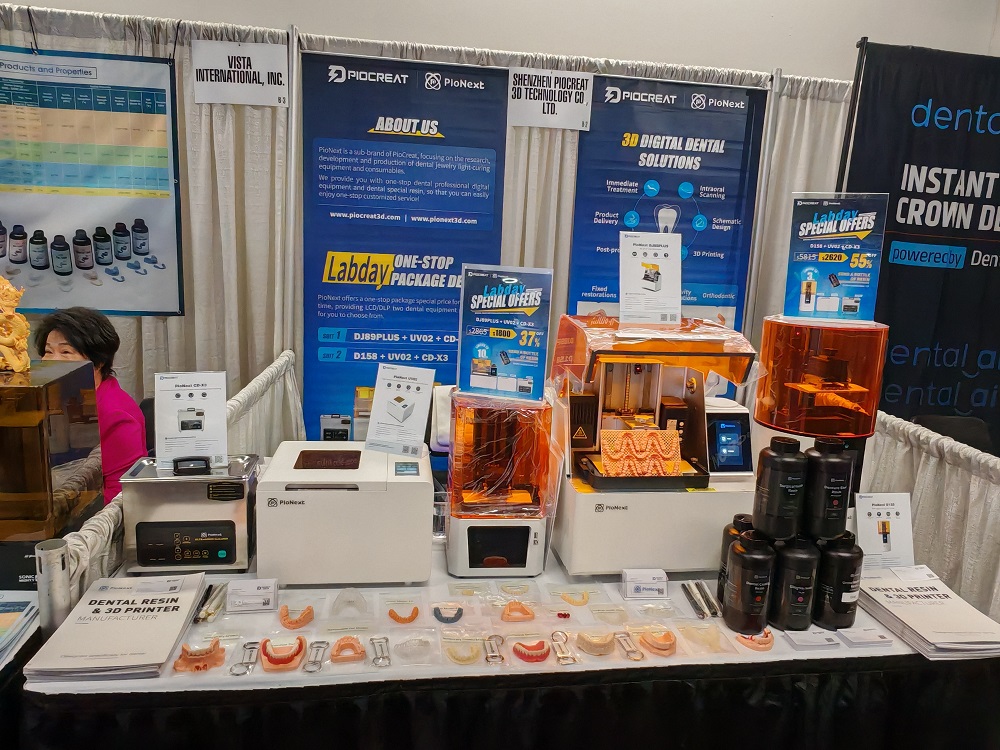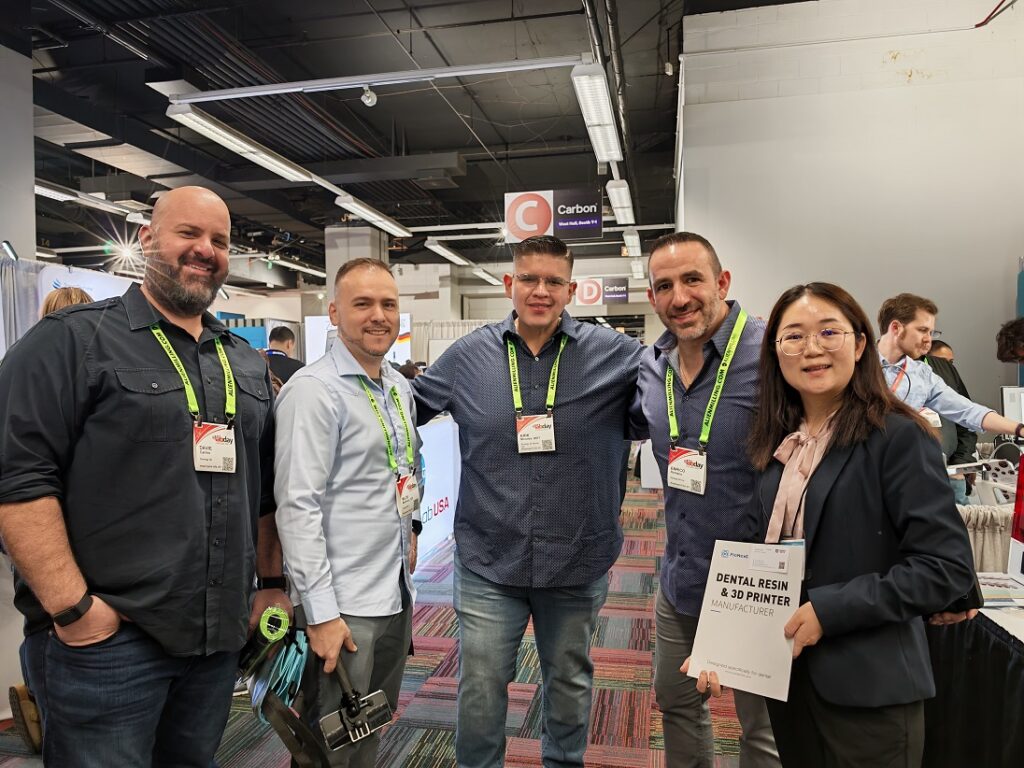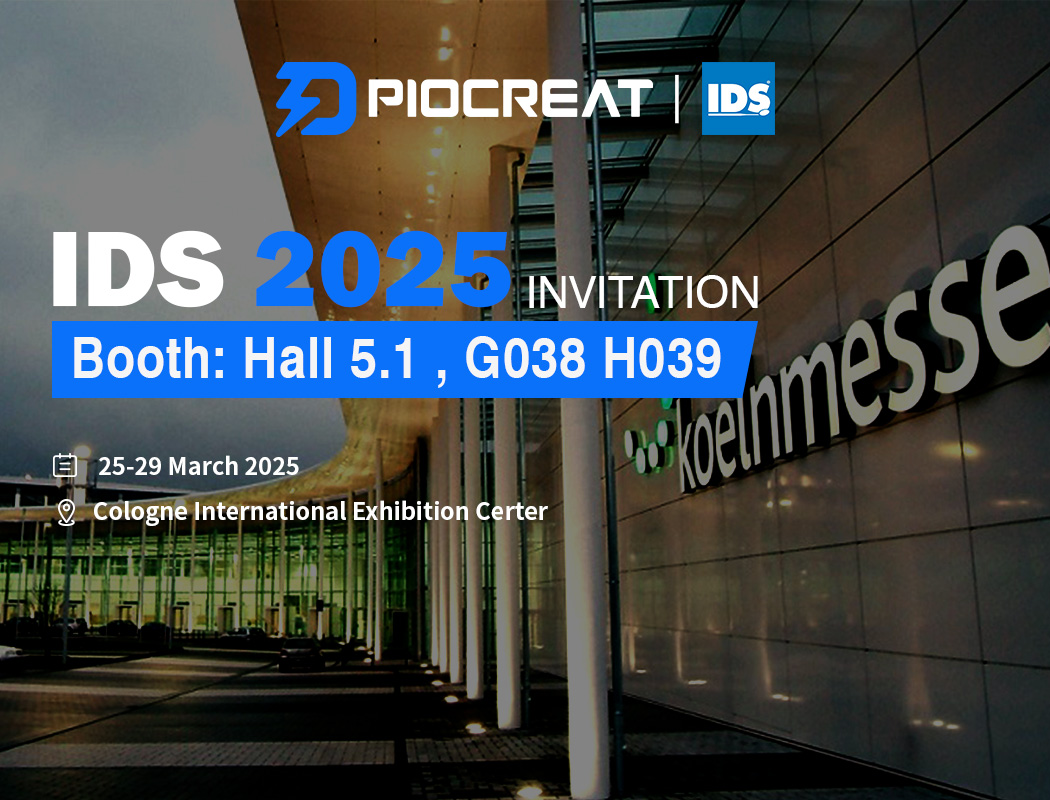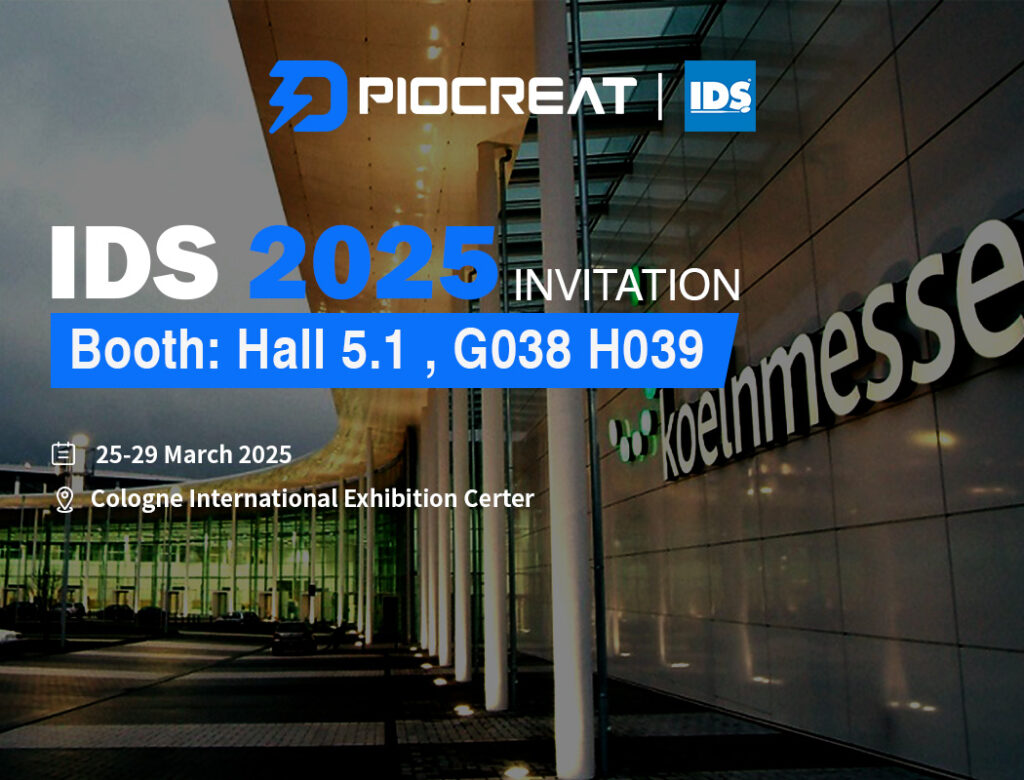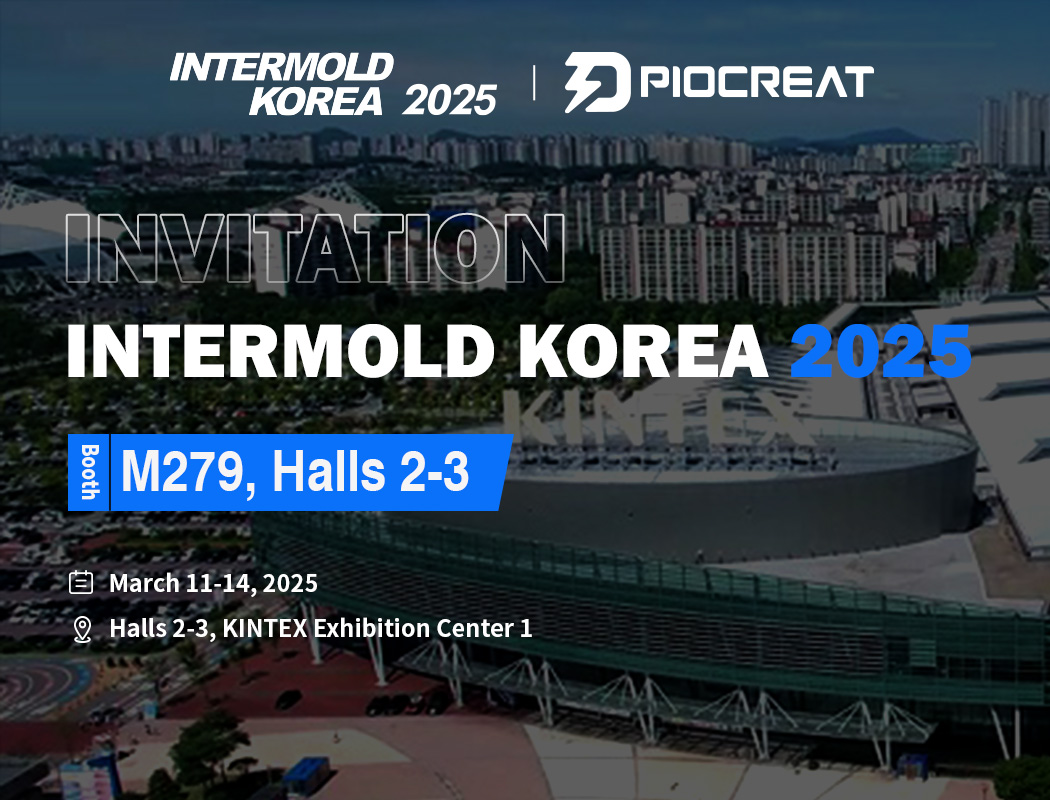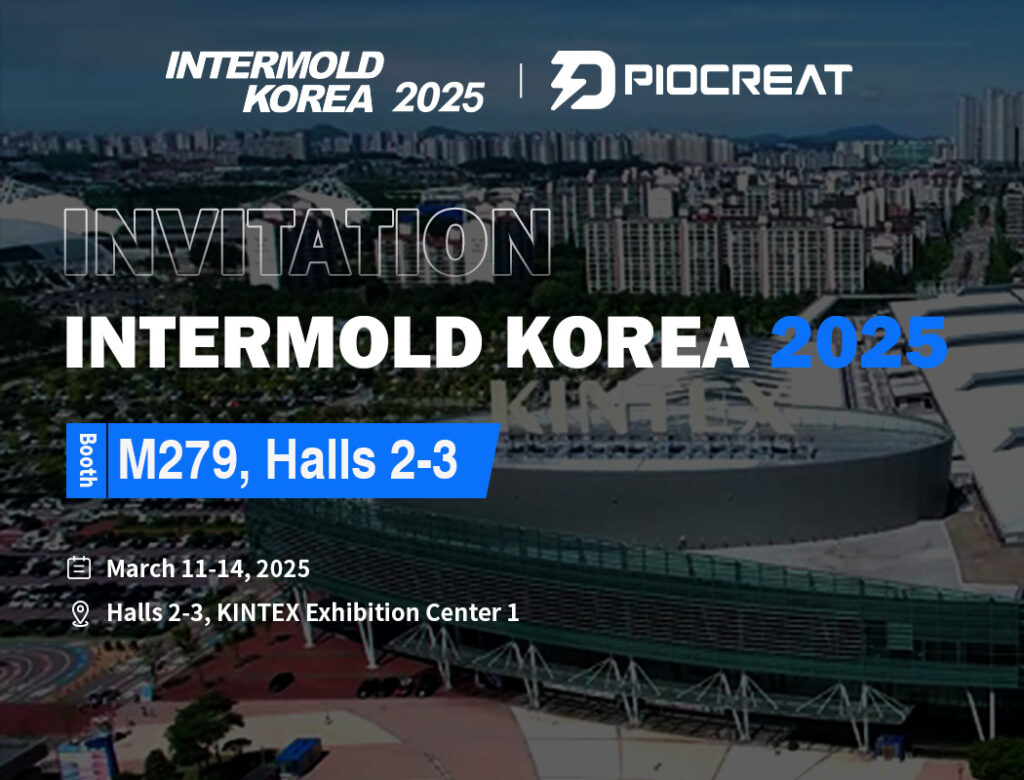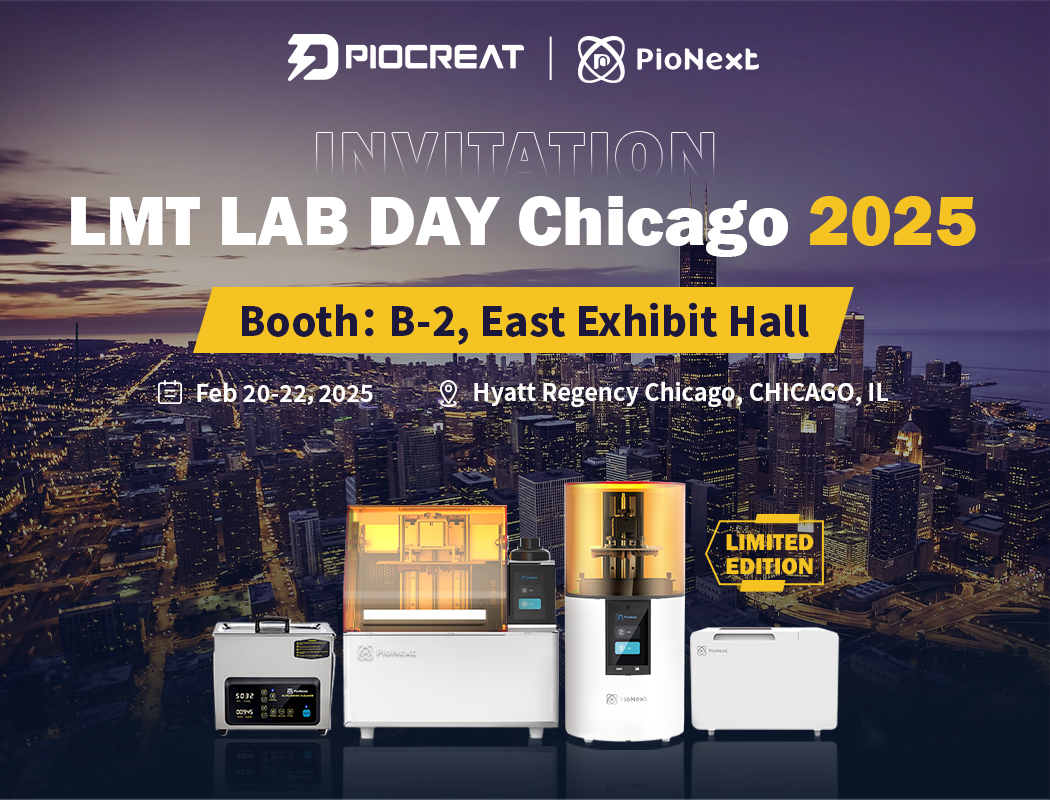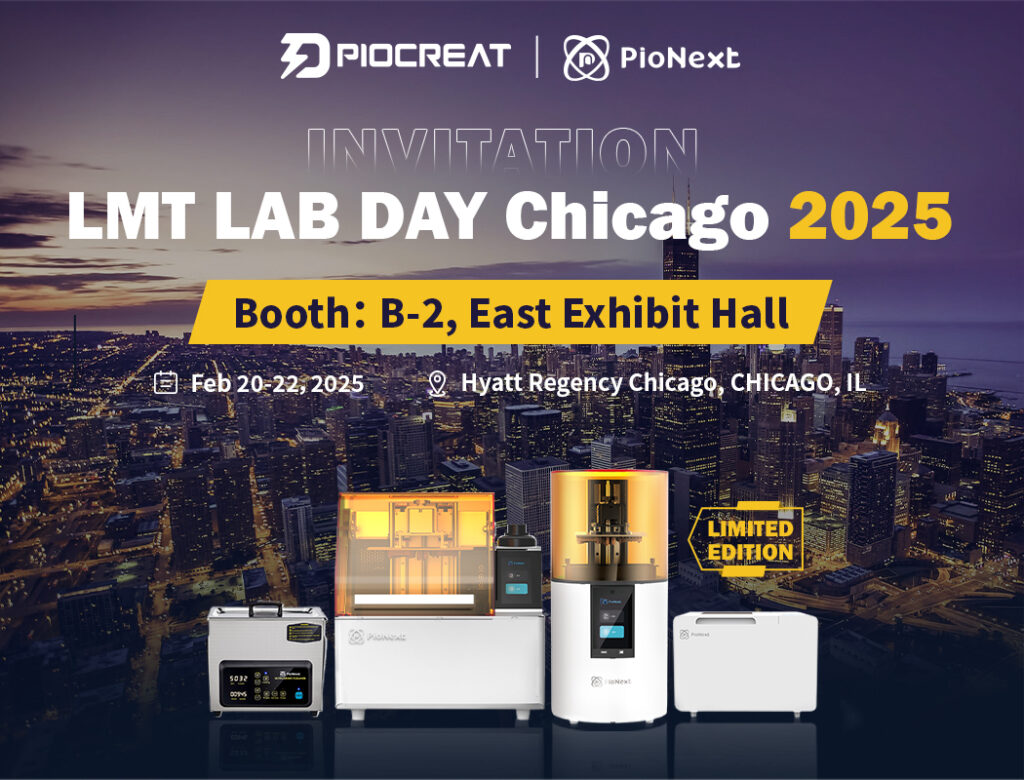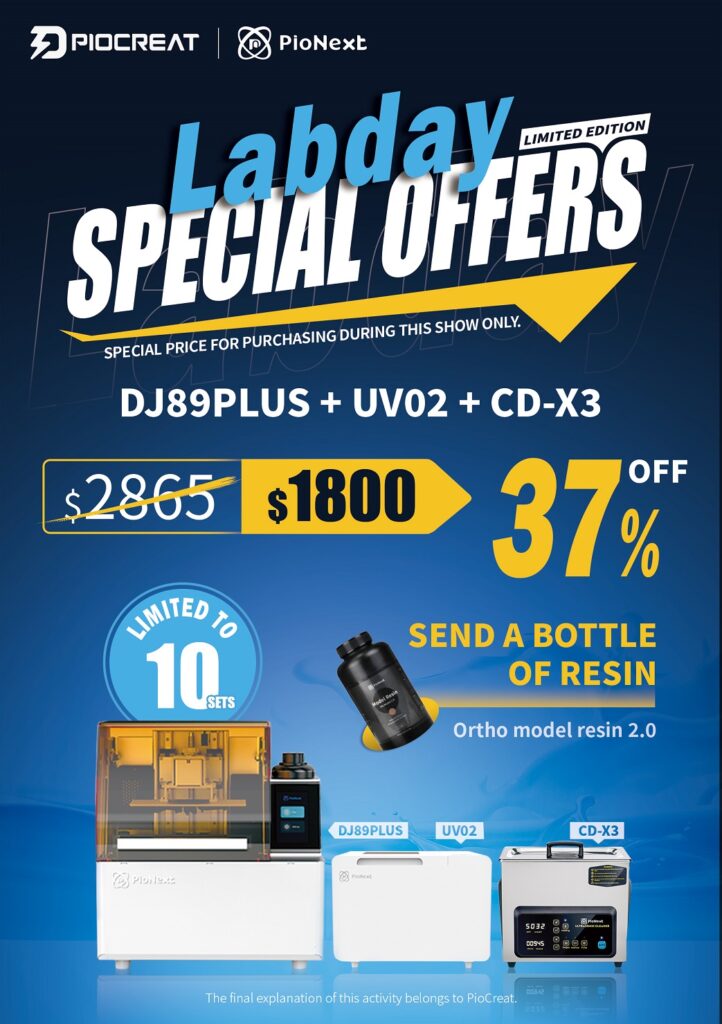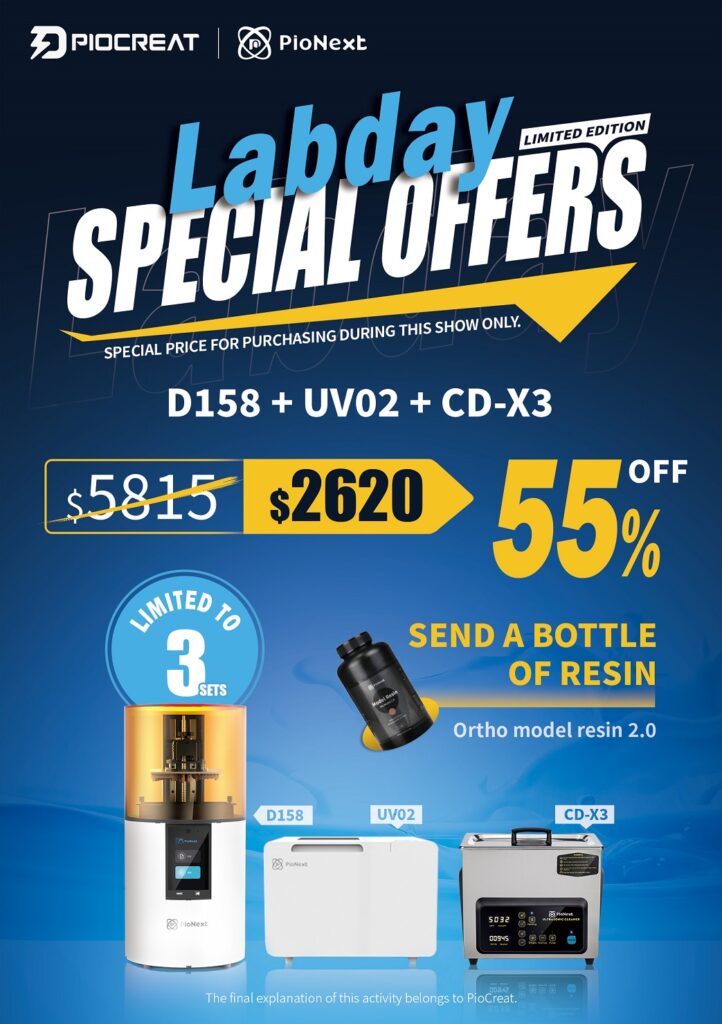Discover PioCreat’s Dental 3D Printing Innovations at Booth G038 H039
Visit PioCreat at Booth G038 H039 in Hall 5.1 to explore our latest advancements in dental 3D printing. We will be unveiling a selection of products designed to elevate dental practices, labs, and businesses with precision, speed, and cost-effectiveness. IDS 2025 will serve as an excellent platform to witness how our state-of-the-art technology is transforming the dental and orthodontic industries.
Why IDS Cologne 2025 is a Must-Attend Event for Dental Professionals
The IDS is widely regarded as the leading trade fair for the dental industry and will showcase groundbreaking technologies, products, and services from over 2,000 exhibitors. With a comprehensive program of live demonstrations, expert lectures, and professional development workshops, IDS 2025 promises to be an invaluable opportunity for dental professionals from across the globe to stay ahead of the latest industry trends.
As the dental sector continues to embrace digital transformation, IDS 2025 will highlight the best and brightest in dental equipment, software, and services. The event also features IDSconnect, a cutting-edge digital platform that allows attendees to access virtual exhibitions, interact with peers, and participate in live sessions from anywhere in the world. This hybrid experience ensures that dental professionals can expand their knowledge and grow their networks both in-person and online.
PioCreat’s Commitment to Advancing the Dental Industry
At PioCreat, we are dedicated to advancing the future of dentistry with innovative 3D printing technology. As part of our sub-brand, PioNext, we focus on providing top-tier, one-stop digital equipment solutions for the dental sector. From 3D printers to specialized resins, we offer high-quality, customizable products that cater to a wide range of dental applications, including prosthetics, orthodontics, implants, and more.
Featured Products at IDS Cologne 2025:
DJ89 PLUS – High-Cost Performance for Dental and Jewelry Industries
- The DJ89 PLUS resin 3D printer offers exceptional print clarity and detail, equipped with an 8K 10.3″ LCD screen for top-tier performance. It is designed for industries requiring high precision, including dental labs and jewelry manufacturing.
D158 – Precision and Reliability for Dental Labs
- The D158 is a compact DLP 3D printer built for dental professionals, offering high-precision printing with a user-friendly interface, making it ideal for dental labs, orthodontics, and practices.
DJ68 – Ultra-Clear 9K LCD for Exceptional Accuracy
- Featuring a 6.8″ 9K ultra-clear LCD screen and 8520×4320px resolution, the DJ68 is perfect for dental and jewelry applications, delivering 18µm XY-axis accuracy for unparalleled print quality.
UV02 Curing Machine – Fast and Precise Curing for Dental Resins
- The UV02 is a professional curing machine designed for dental resins. With rapid and precise UV light exposure, it guarantees thorough curing in minutes, ensuring high-quality results for every print.
CD-X3 Ultrasonic Cleaning – Advanced Cleaning Technology
- The CD-X3 ultrasonic cleaner uses advanced deoxygenation technology to clean various dental tools and models effectively. It simplifies the cleaning process with a one-button operation, offering unparalleled hygiene standards.
Dental Model Resin – State-of-the-Art Resin for Robust Models
- Our range of dental model resins provides exceptional strength, minimal shrinkage, and excellent biocompatibility. These resins are engineered to create durable, high-quality dental models with resistance to wear.
A Vision for the Future of Dentistry
PioCreat’s participation in IDS Cologne 2025 reinforces our commitment to innovation and the dental community. With our next-generation 3D printing solutions, we are empowering dental professionals to deliver faster, more accurate, and cost-effective treatments to patients. Whether you’re a dental technician, dentist, or orthodontist, we invite you to visit our booth to see how our technology can help transform your practice and meet the evolving demands of modern dentistry.
Join Us at IDS 2025: A Global Hub for Dental Innovation
IDS Cologne 2025 is not just an exhibition; it’s an experience that will shape the future of dentistry. We are excited to meet dental professionals, share our knowledge, and explore new opportunities for collaboration. With our cutting-edge solutions and expertise, PioCreat is ready to play an integral role in advancing dental technology.
We look forward to seeing you in Cologne!
Event Details:
- Dates: March 25-29, 2025
- Booth: Hall 5.1, G038 H039
- Location: Cologne International Exhibition Centre, Germany
For more information about our products or to schedule a meeting at IDS 2025, please feel free to contact us.
piocreat3d
on
March 22, 2025
